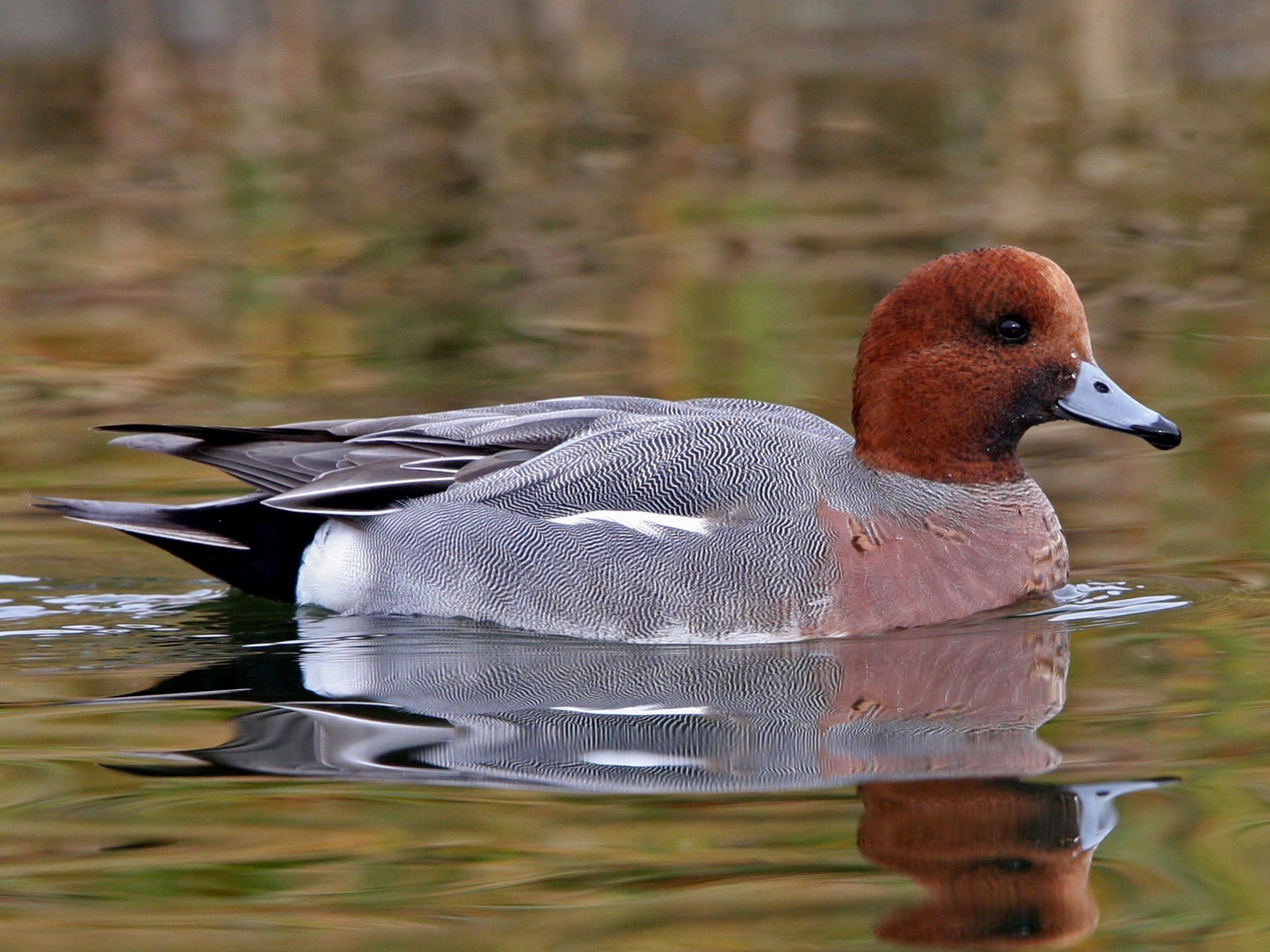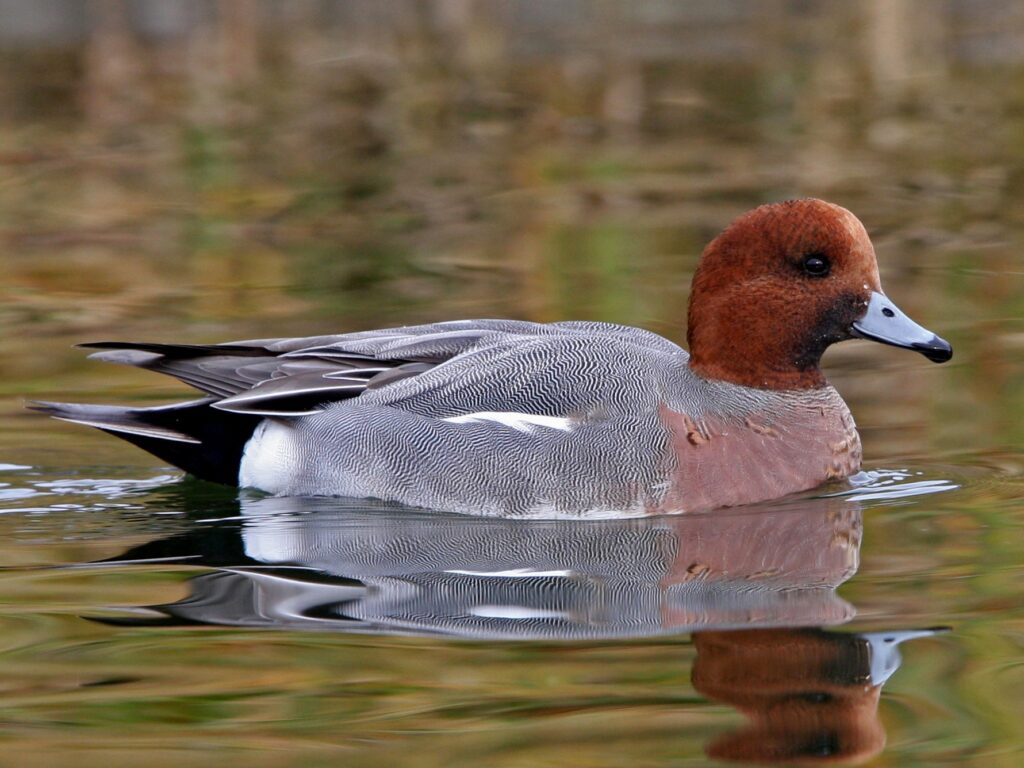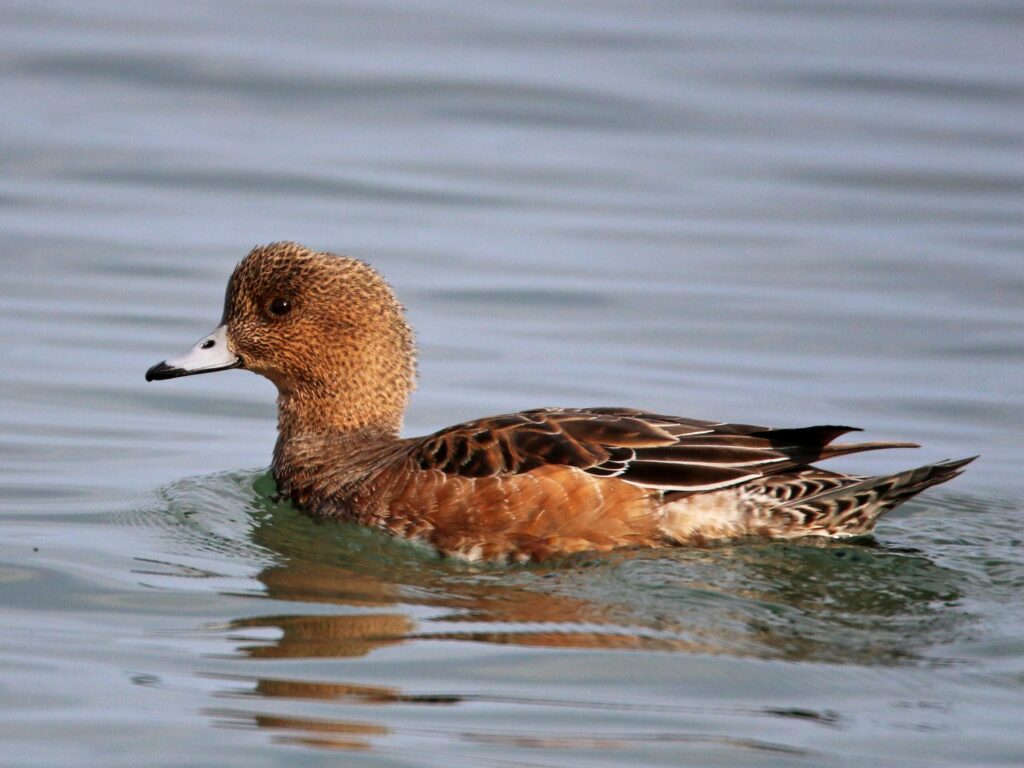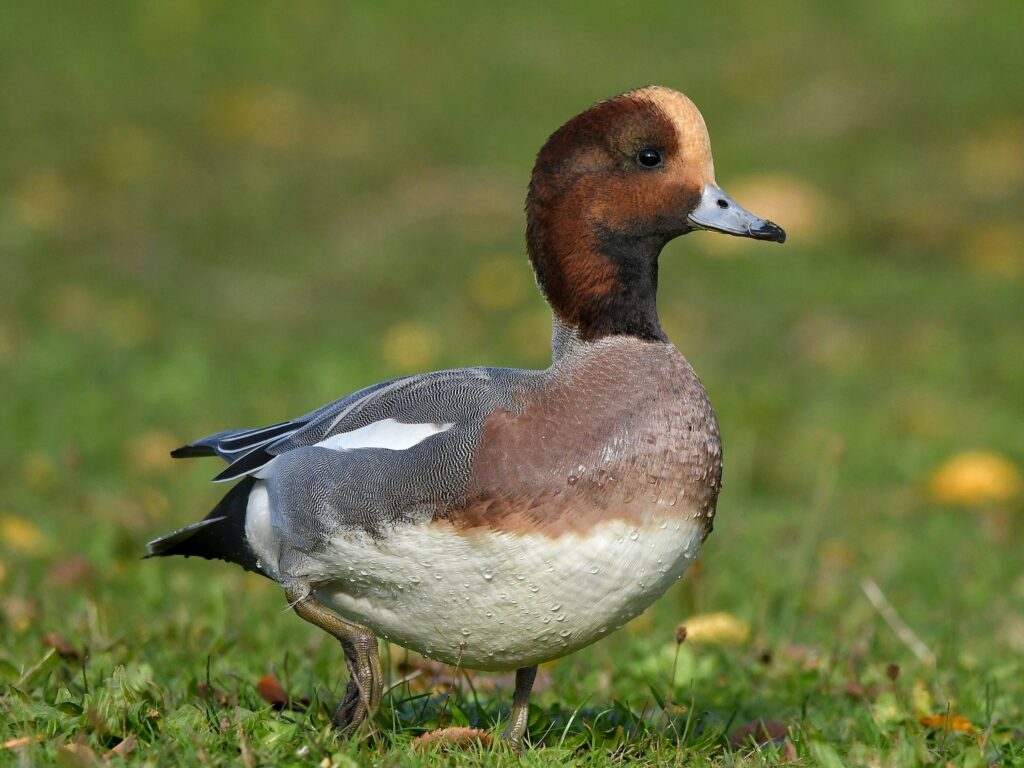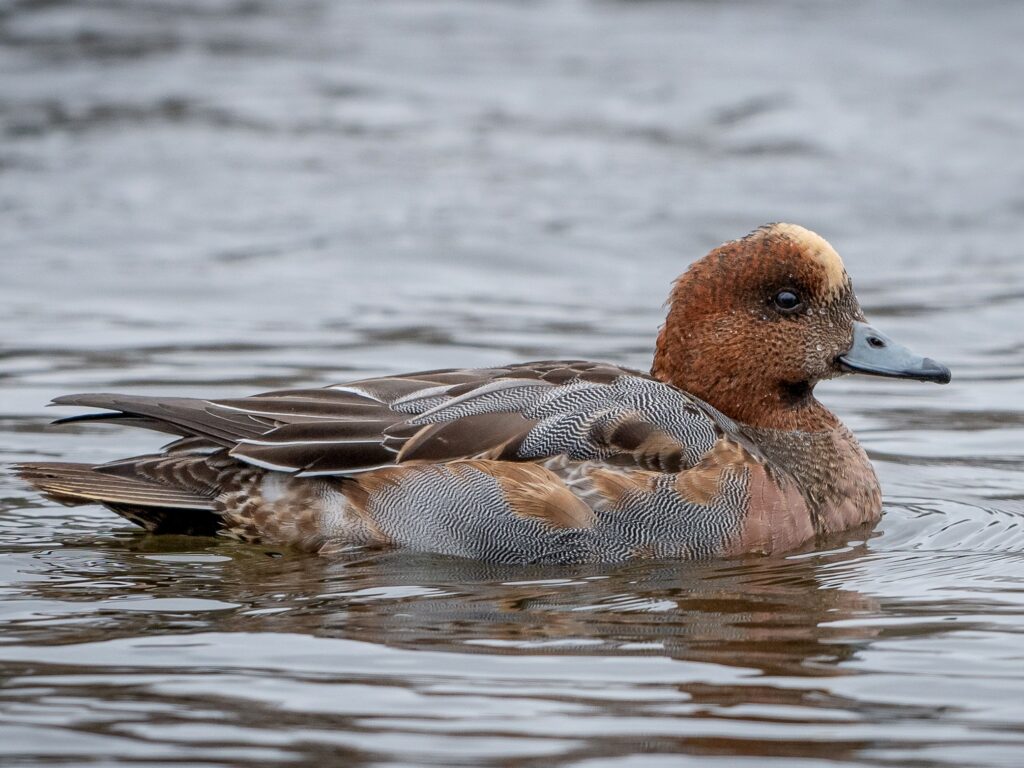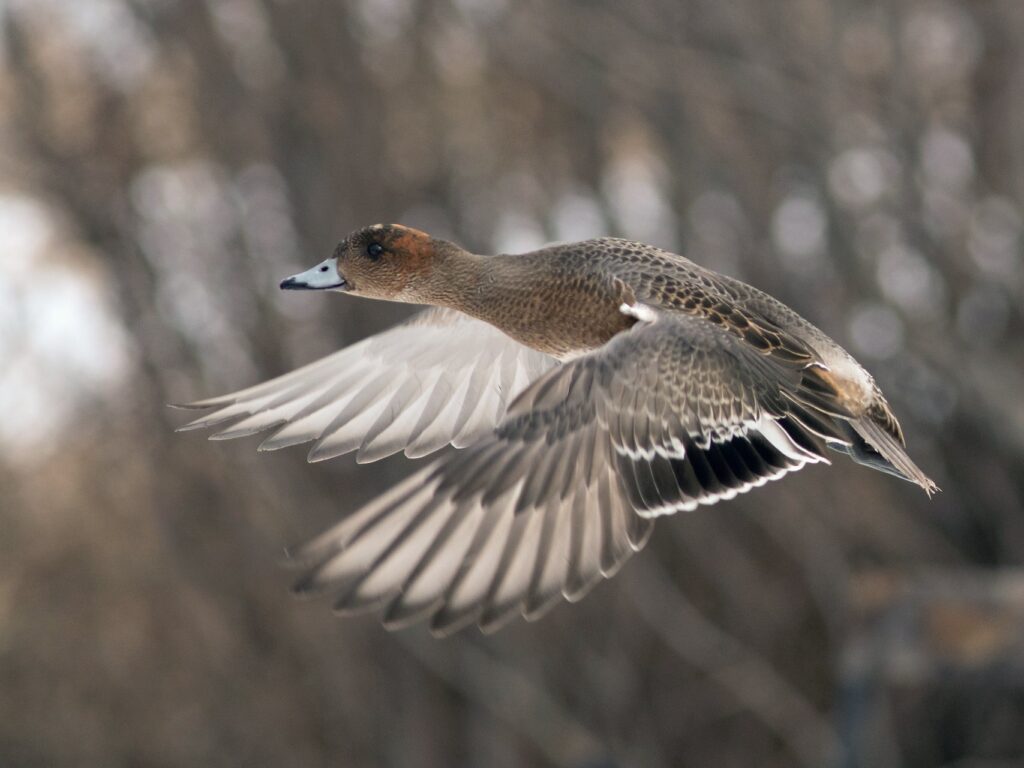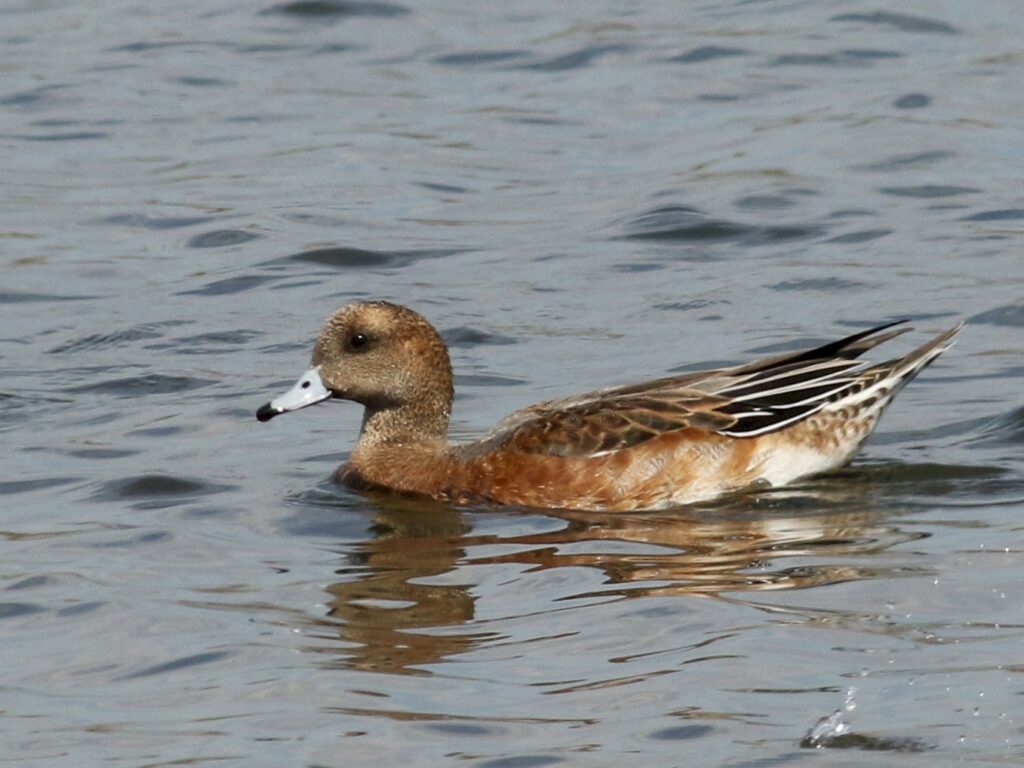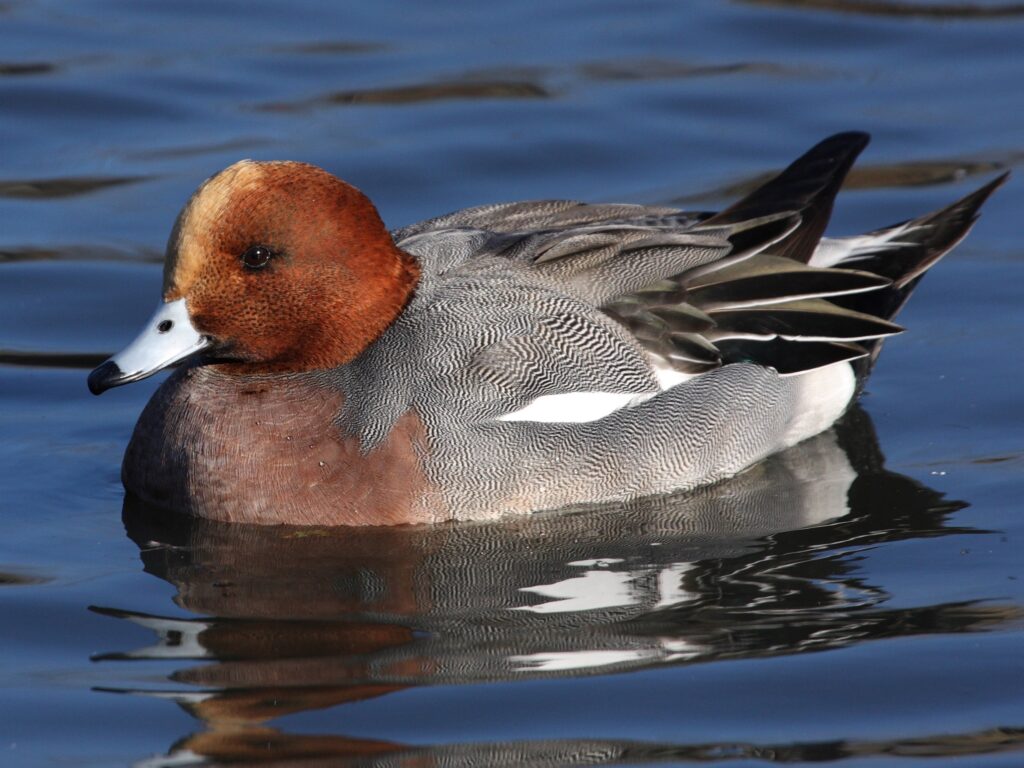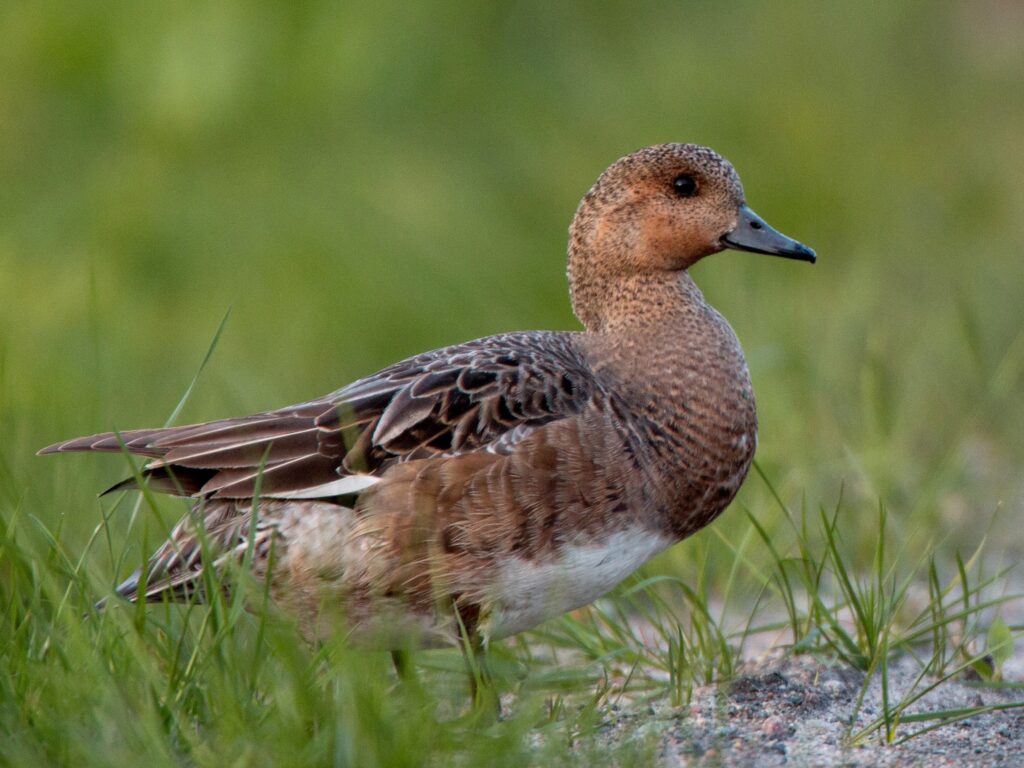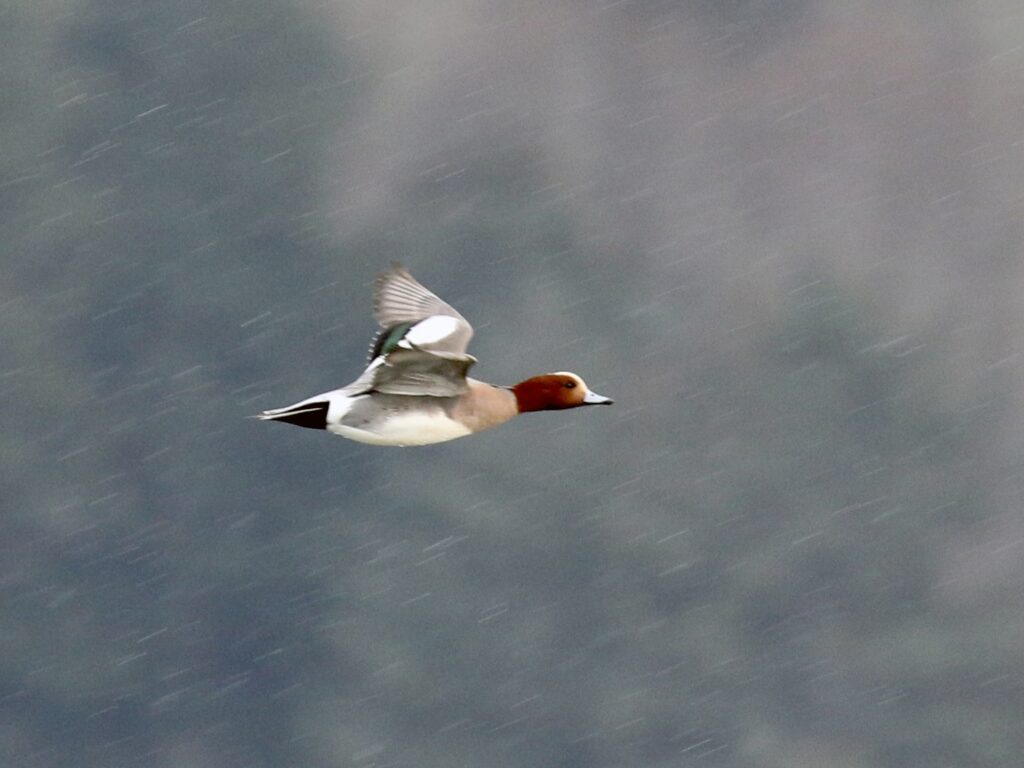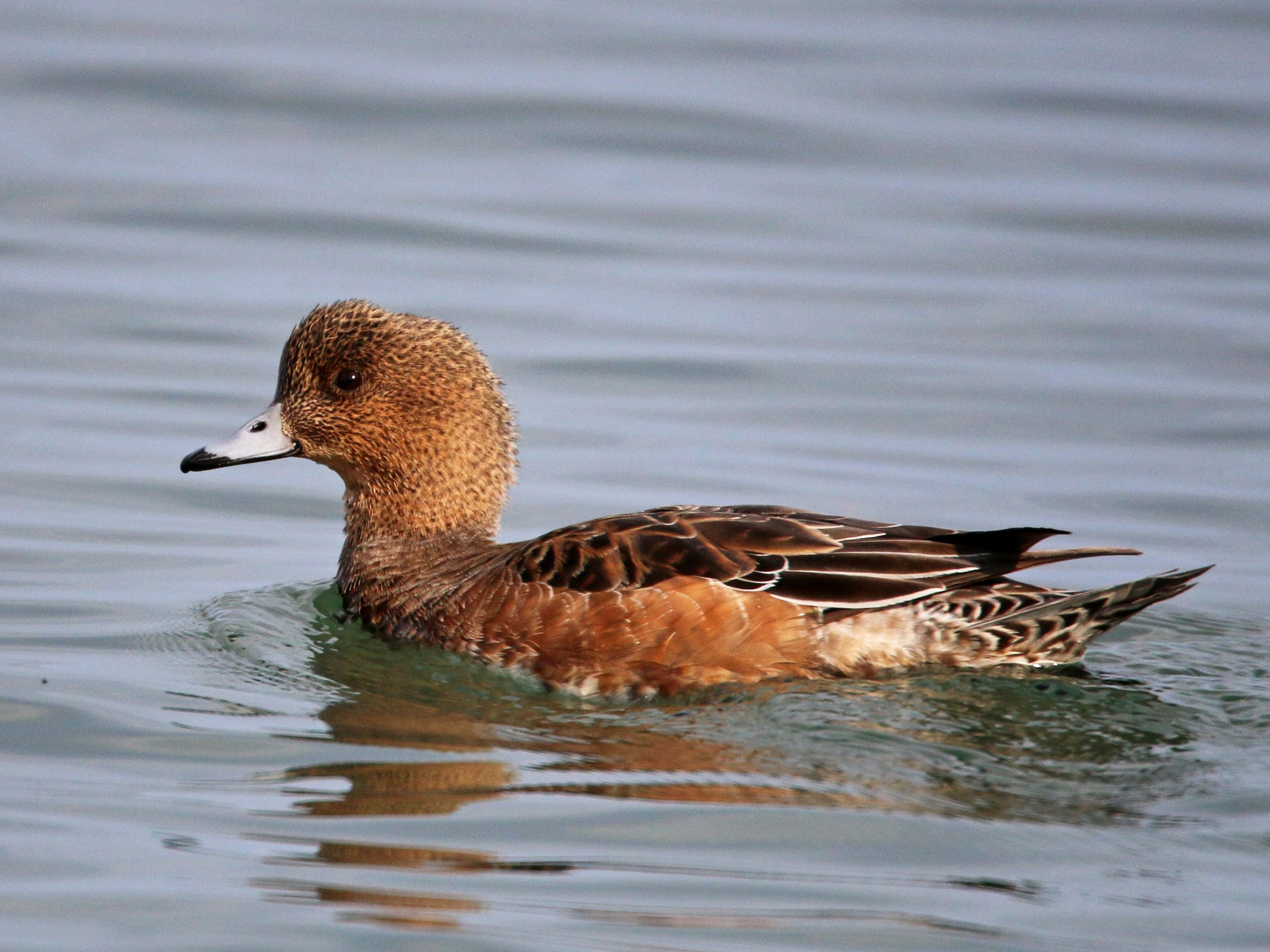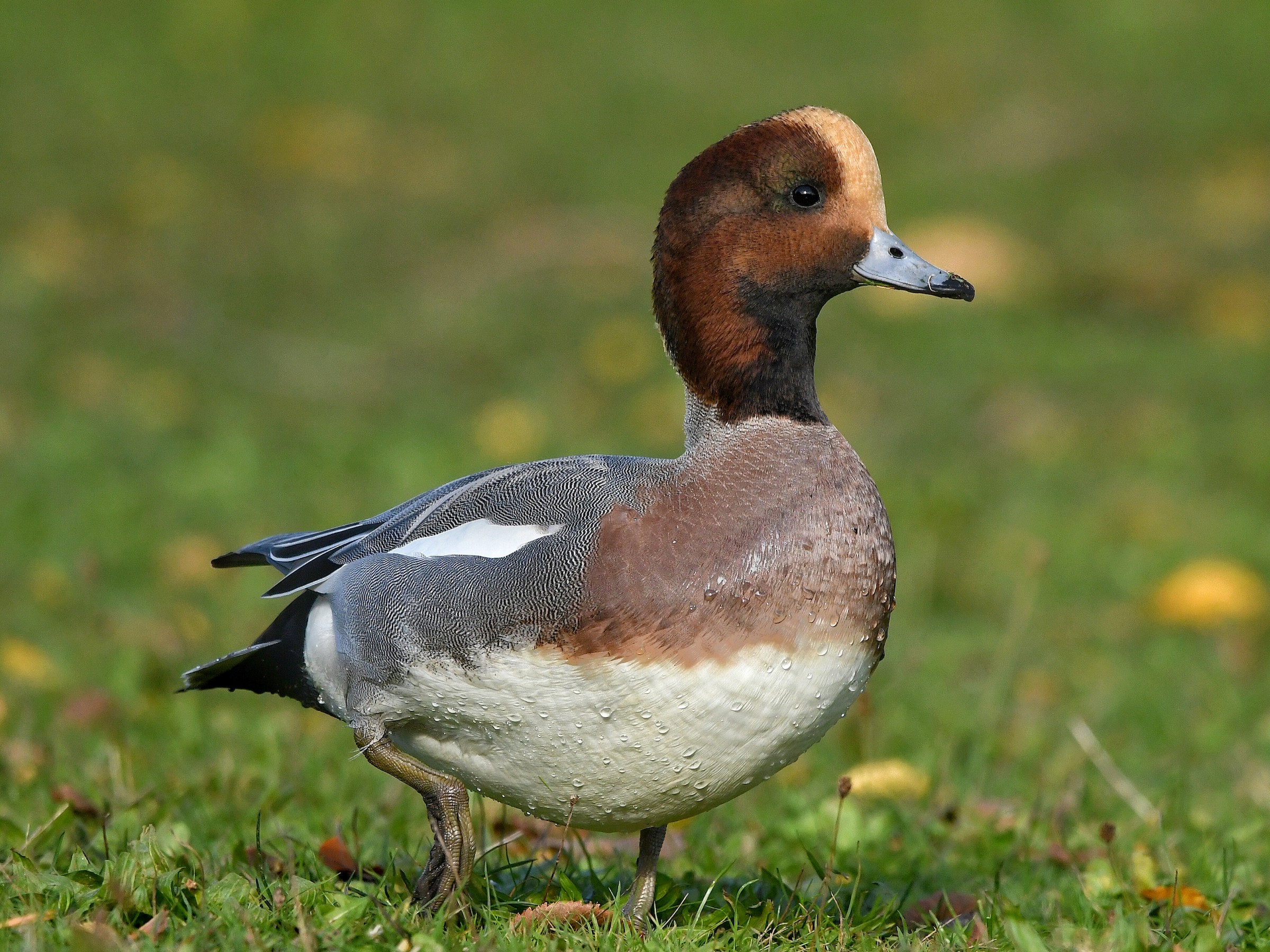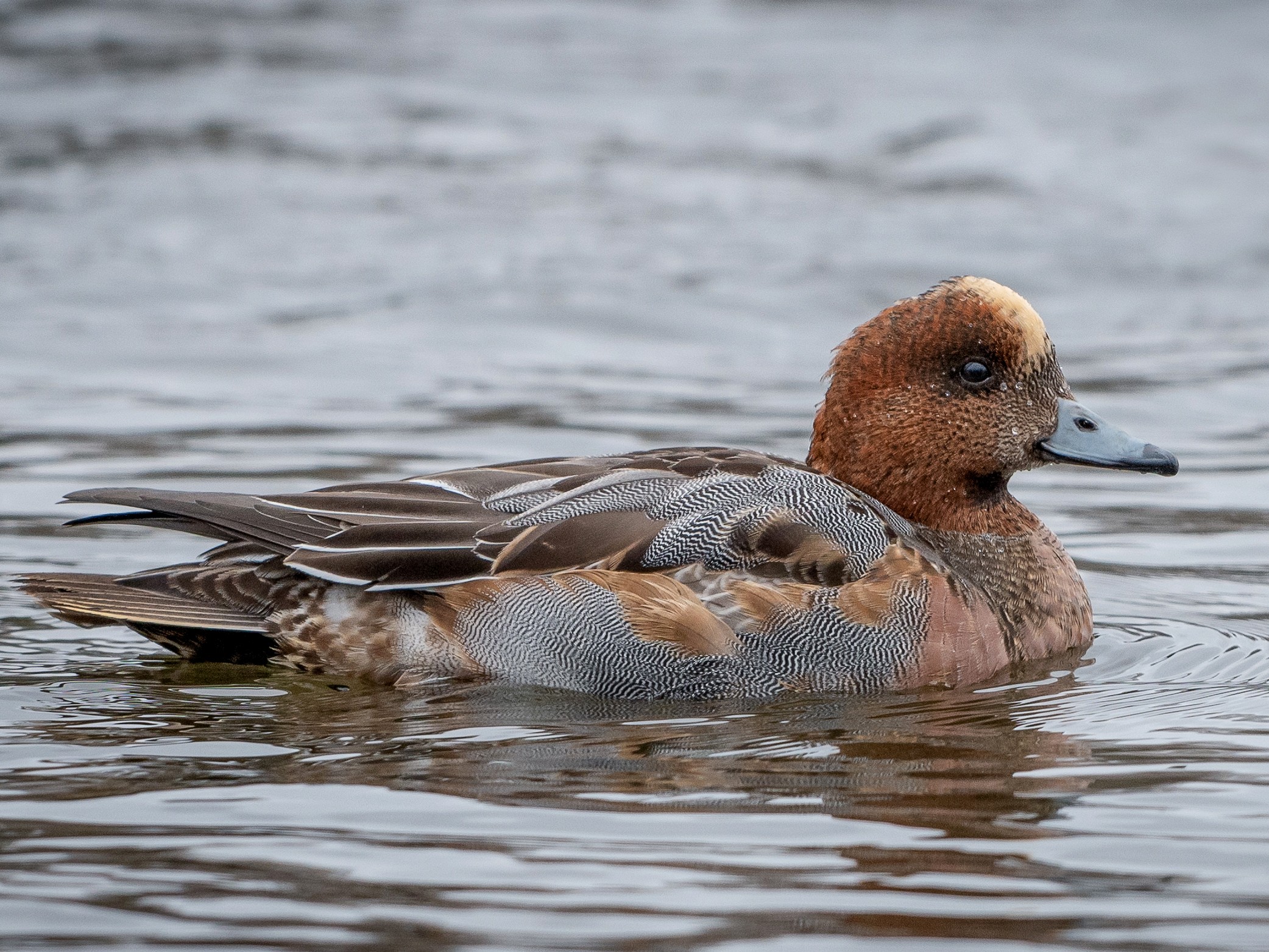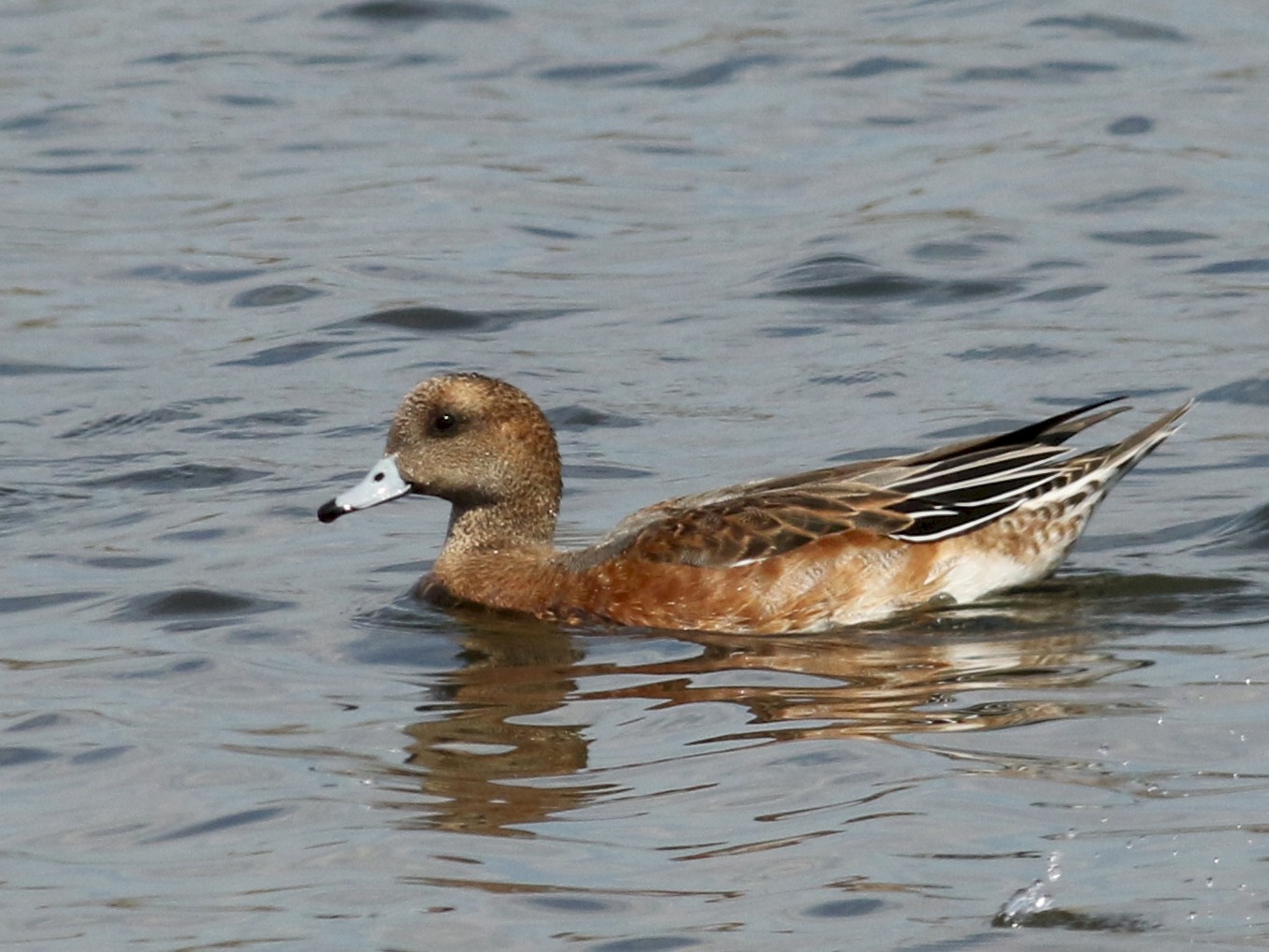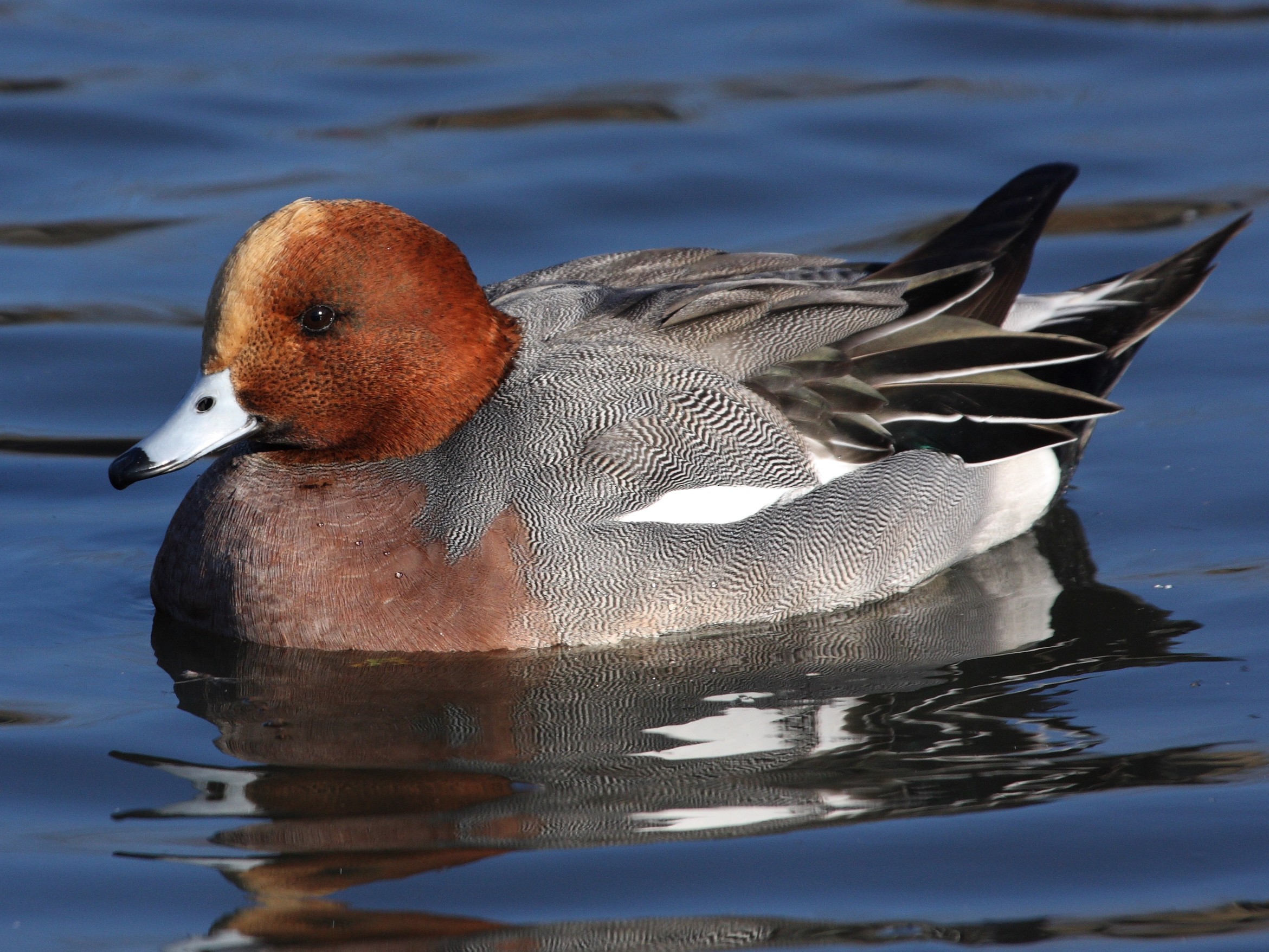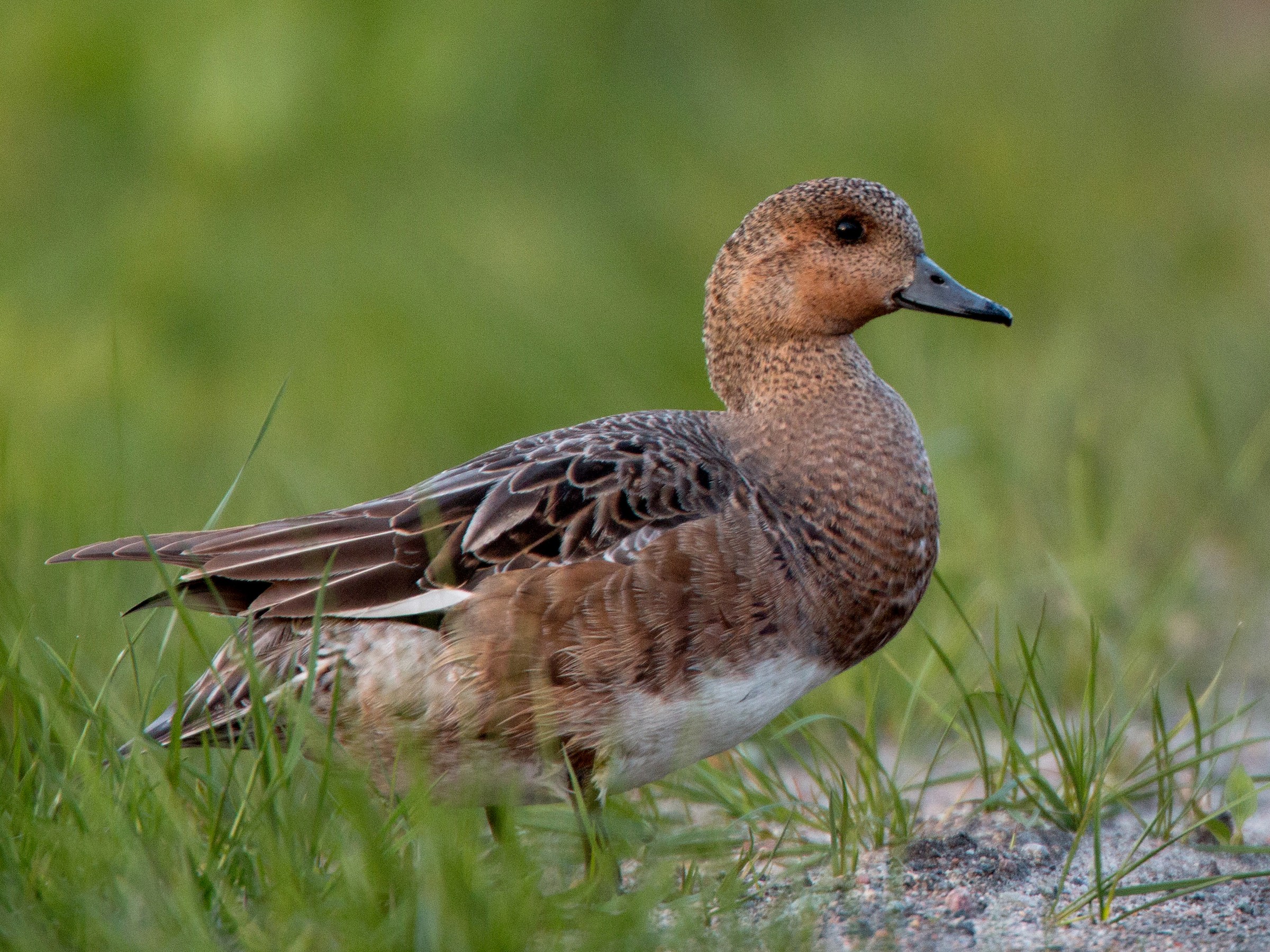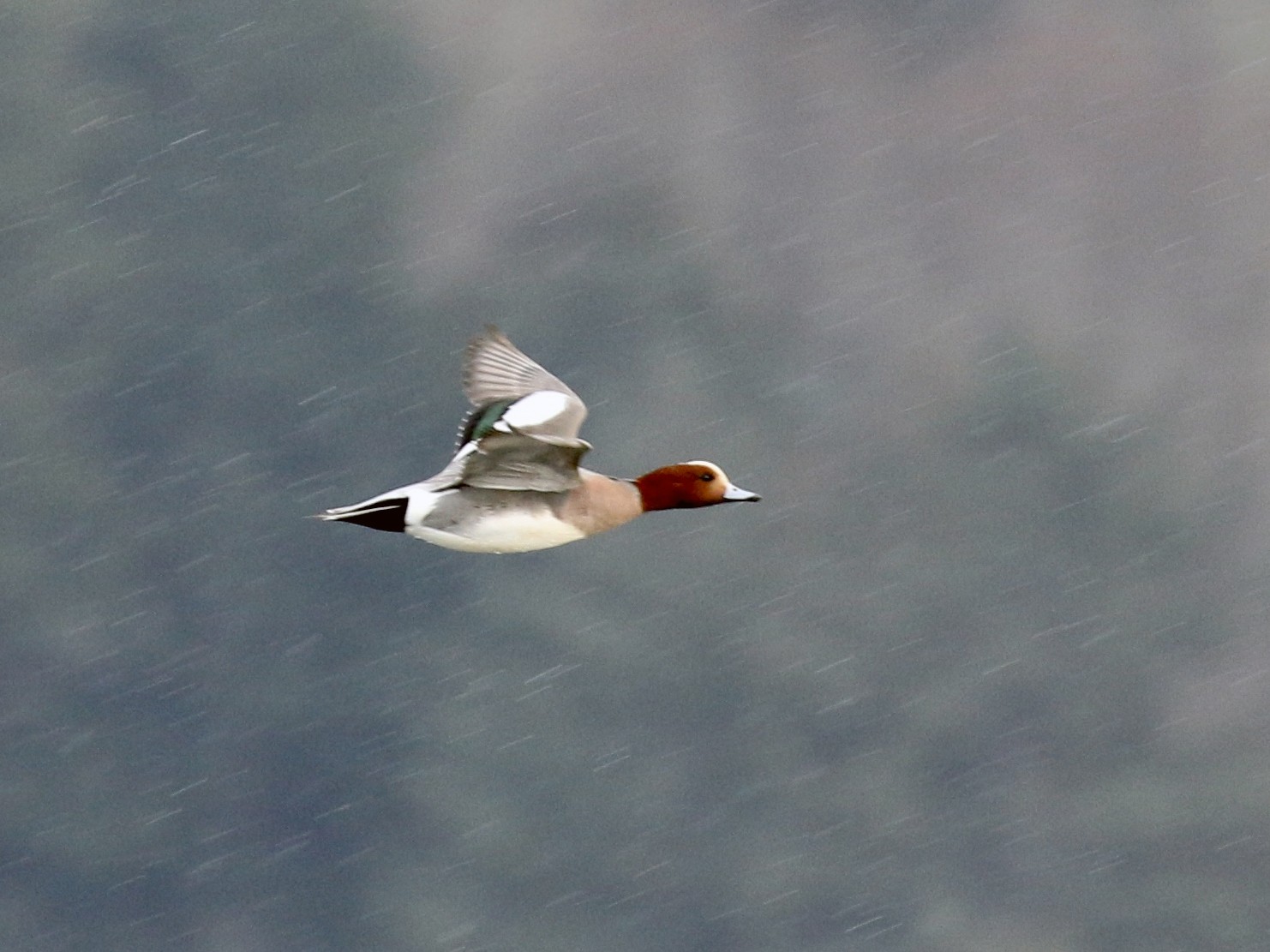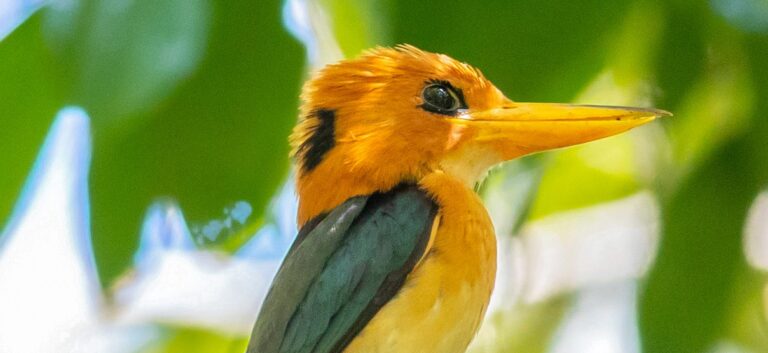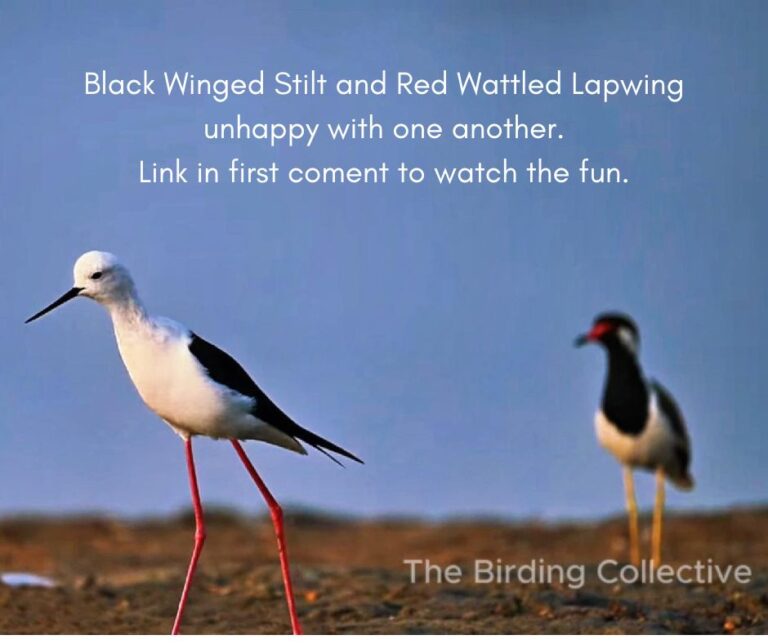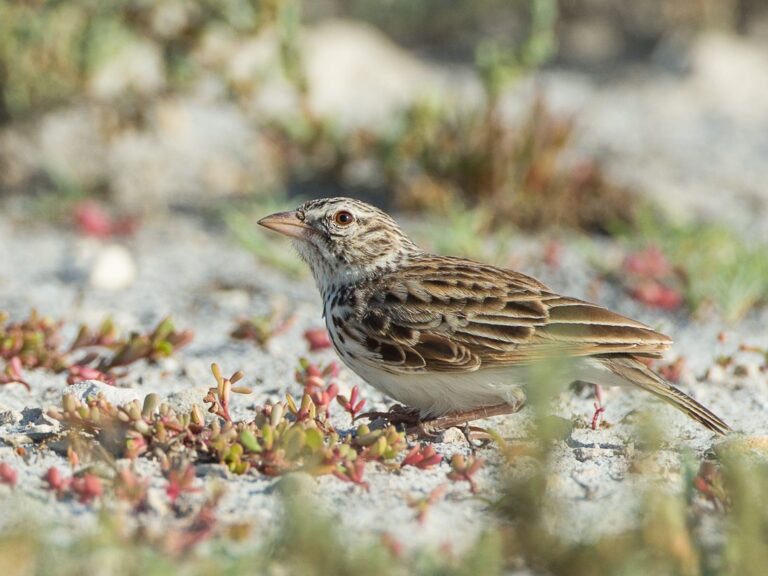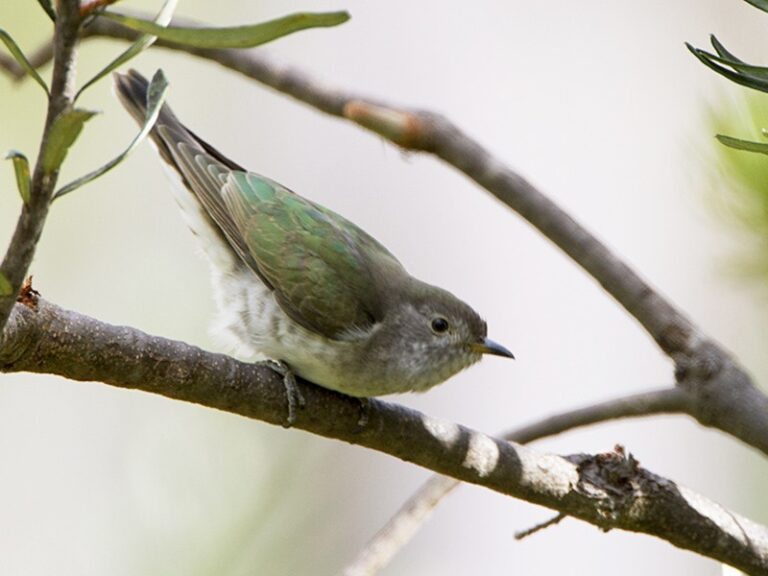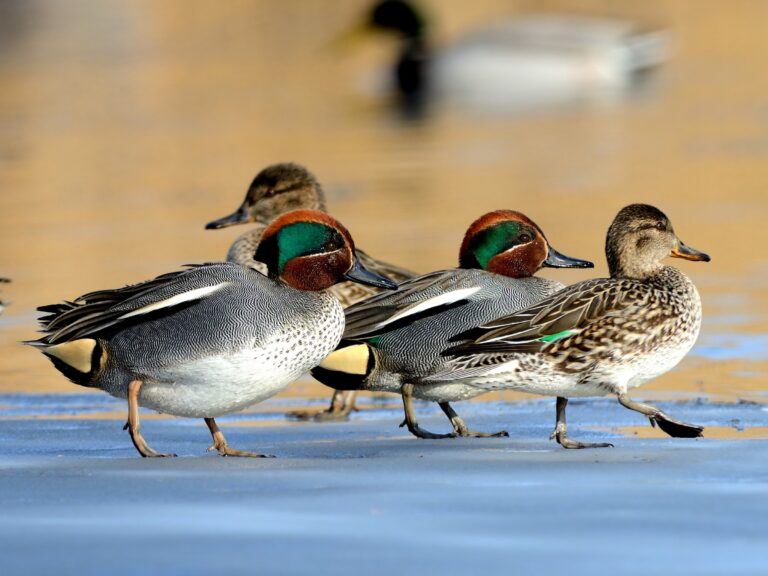Eurasian Wigeon: Exploring the Habitat and Behavior of This Stunning Waterfowl
The Eurasian Wigeon is a fascinating waterfowl known for its striking colors and unique behaviors. This migratory bird plays a vital role in its ecosystem, and understanding its habits and habitats is crucial for conservation efforts. Observing their patterns can offer insights into environmental changes and the health of wetland areas across Asia.
Found primarily in shallow lakes and marshes, the Eurasian Wigeon thrives in diverse habitats throughout its range. Each season, these birds embark on extensive migrations, showcasing remarkable adaptability and navigation skills. Their interactions with other species also highlight the importance of procreation and food sources within their ecosystem.
Studying the conservation status of the Eurasian Wigeon helps reveal the threats it faces, including habitat loss and climate change. By learning more about this species, individuals can contribute to its protection and appreciate the beauty of nature’s delicate balance.
Key Takeaways
- Eurasian Wigeons are vital indicators of wetland health.
- They face threats from habitat loss and climate change.
- Understanding their behaviors enhances conservation efforts.
Taxonomy and Description
The Eurasian Wigeon is scientifically known as Mareca penelope. This species belongs to the family Anatidae and the order Anseriformes. It is one of the notable members of the subfamily Anatinae, which includes various dabbling ducks.
Scientific Classification
- Kingdom: Animalia
- Phylum: Chordata
- Class: Aves
- Order: Anseriformes
- Family: Anatidae
- Genus: Mareca
- Species: Mareca penelope
The Eurasian Wigeon was previously classified under the genus Anas, which is common for many ducks. It is important to note that the taxonomy of these birds can occasionally change due to advancements in genetic studies.
Physical Characteristics
The Eurasian Wigeon has distinctive features that make it easily recognizable. The male has a chestnut head with a pale crown. Its pink breast is another identifying trait, contrasting with its white belly and grey flanks.
Females display a more subdued coloration, primarily mottled brown with a lighter brown head. Both sexes possess a striking white wing patch that is visible in flight.
This duck typically measures around 50-60 cm in length, with a wingspan of 80-90 cm. Their physical traits adapt well to their habitats, which can vary from freshwater lakes to coastal wetlands.
Habitat and Range
The Eurasian Wigeon thrives in various wetland habitats across Asia. Its range includes marshes, open wetlands, and coastal areas. This species is migratory, traveling vast distances between breeding and wintering grounds.
Asian Wetlands
In Asia, the Eurasian Wigeon is commonly found in marshes and wetlands. These areas provide essential resources for feeding and nesting. During the breeding season, which occurs in late spring, they prefer shallow freshwater bodies with ample vegetation.
Countries like Mongolia and China host critical breeding habitats. In winter, they migrate to southern Asia, seeking warmer climates in places such as India and Bangladesh. The wetlands here are crucial for their survival during the colder months.
Migration Patterns
Eurasian Wigeons exhibit remarkable migratory behavior. They travel significant distances between breeding grounds in the northern regions and wintering sites in southern Asia.
Migration typically begins in late summer. Wigeons follow established flyways, like the East Asian-Australasian Flyway. Their migration routes can sometimes lead them to countries far beyond their breeding origins.
In winter, large flocks can be seen in wetlands across Great Britain and North America. This migration allows them to access rich feeding grounds, which are vital for their health and reproduction.
Behavior and Ecology
Eurasian Wigeons exhibit notable behaviors and ecological traits that define their interactions with the environment. Their feeding habits, social structures, and breeding practices are essential to understanding how they thrive in diverse habitats.
Feeding Habits
Eurasian Wigeons are dabbling ducks that primarily feed on vegetation and other plant food. They graze on grasses, seeds, and aquatic plants, often found in wetlands and shallow water areas.
These birds use a method called “tipping up,” where they tip forward in the water to reach edible plants below the surface. In addition to plant material, they occasionally consume small invertebrates to enhance their diet.
Large flocks often congregate together during feeding. This social behavior aids in locating food efficiently in shared habitats.
Breeding and Nesting
Eurasian Wigeons typically breed in the northern parts of Europe and Asia. They prefer grasslands and marshes close to water sources for nesting.
Nests are usually built on the ground, hidden within dense vegetation. The female lays around 7 to 10 eggs, which she incubates alone for about 24 to 28 days.
Once hatched, ducklings are precocial, moving quickly to water. This helps them avoid predators, ensuring better survival rates.
Social Behavior
Eurasian Wigeons are known for their gregarious nature, often forming large flocks outside the breeding season. This social structure enhances protection against predators and improves foraging efficiency.
They communicate through various sounds, including whistles and grunts, which play a role in maintaining group cohesion. Courtship displays, such as head bobbing, are common during the breeding season, strengthening pair bonds between males and females.
Overall, their social dynamics are essential for successful nesting and feeding strategies.
Conservation Status and Threats
The conservation status of the Eurasian Wigeon highlights both its current population trends and the environmental challenges it faces. Understanding these factors is crucial for effective conservation efforts.
Population Trends
The Eurasian Wigeon is currently classified as “Least Concern” by the IUCN. This classification indicates that the species is relatively stable compared to other waterfowl. Recent studies show fluctuations in population numbers, particularly in migration areas.
In some regions, such as Eastern Asia, populations have increased due to favorable habitats and conservation efforts. However, certain local populations face declines, driven by habitat loss and hunting pressure. Regular monitoring is essential to identify changes in population dynamics.
Environmental Concerns
The primary threats to the Eurasian Wigeon come from habitat destruction and climate change. Wetland areas, crucial for their breeding and migratory behavior, are shrinking due to urban development and agriculture.
Additionally, hunting poses a significant threat in several regions, despite regulations under international agreements like the AEWA (African-Eurasian Waterbird Agreement). The loss of aquatic vegetation from pollution and invasive species further harms their habitats.
Efforts to protect and restore wetlands are vital for sustaining healthy populations of the Eurasian Wigeon.
Interactions with Other Species
Eurasian Wigeons interact with various species, influencing their behavior and breeding practices. These interactions include comparisons with American Wigeons and notable hybridization events.
Comparison with American Wigeon
The Eurasian Wigeon (Anas penelope) often shares habitats with the American Wigeon (Anas americana). They can be found in similar wetlands and agricultural fields during migration and wintering periods.
Female American Wigeons are slightly larger and have distinct coloring that separates them from their Eurasian counterparts. Their calls and behaviors also differ, with the American Wigeon producing a series of whistles, while the Eurasian Wigeon has a softer, cooing sound.
These differences can impact interspecies interactions. For example, during feeding times, both species may compete for resources. However, they can coexist peacefully, especially in areas with abundant food.
Hybridization Events
Hybridization between Eurasian Wigeons and American Wigeons is not uncommon. These events often occur where their ranges overlap, particularly in North America.
The hybrids are usually seen in mixed flocks and can exhibit traits from both parent species. Common characteristics include a blend of coloration and size, sometimes mimicking the plumage of either parent.
In addition to Wigeons, hybridization can also occur with other species like the Green-winged Teal and Mallard, further expanding genetic diversity. Such hybrid events highlight the adaptability and evolving dynamics within wetland ecosystems.
Frequently Asked Questions
This section addresses common queries related to the Eurasian Wigeon, focusing on its physical characteristics, migratory patterns, habitats, and conservation status. Each question provides specific information to enhance understanding of this duck species.
What are the distinguishing features between a male and female Eurasian Wigeon?
Male Eurasian Wigeons have striking features, including a reddish-brown head, a gray body, and a distinctive cream-colored crown. In contrast, females are mottled brown and have a more subdued appearance. The males also have a characteristic greenish stripe on their heads that females lack.
How does the Eurasian Wigeon differ visually from the American Wigeon?
Visually, the Eurasian Wigeon can be distinguished from the American Wigeon primarily by its coloring. The Eurasian Wigeon has a more uniform gray body and a rusty red head, while the American Wigeon features a green cap and a distinct white wing patch. Additionally, American Wigeons are generally paler overall compared to their Eurasian counterparts.
What regions constitute the Eurasian Wigeon’s migratory range?
The migratory range of the Eurasian Wigeon spans several regions. They typically breed in the northern parts of Europe and Asia, including countries like Russia and Finland. During winter, they migrate to various areas, including the UK, Japan, and parts of mainland Europe, to find suitable feeding grounds.
Where can one find the breeding and wintering habitats of the Eurasian Wigeon?
Eurasian Wigeons prefer wetlands, such as marshes and shallow lakes, for breeding. In their breeding grounds, they make nests near water sources. During winter, they are often found in estuaries and coastal areas, where they seek out food in aquatic vegetation and grain fields.
What is the typical lifespan of a Eurasian Wigeon in the wild?
In the wild, a Eurasian Wigeon can live up to 10 years, though many do not reach this age due to various environmental factors. Survival rates can vary based on predation, food availability, and habitat conditions.
How does the population status of the Eurasian Wigeon reflect its conservation needs?
The population status of the Eurasian Wigeon has shown signs of decline in certain areas due to habitat loss and changes in agricultural practices. These factors highlight the need for conservation efforts aimed at preserving wetland habitats and managing hunting regulations to support their populations effectively.
